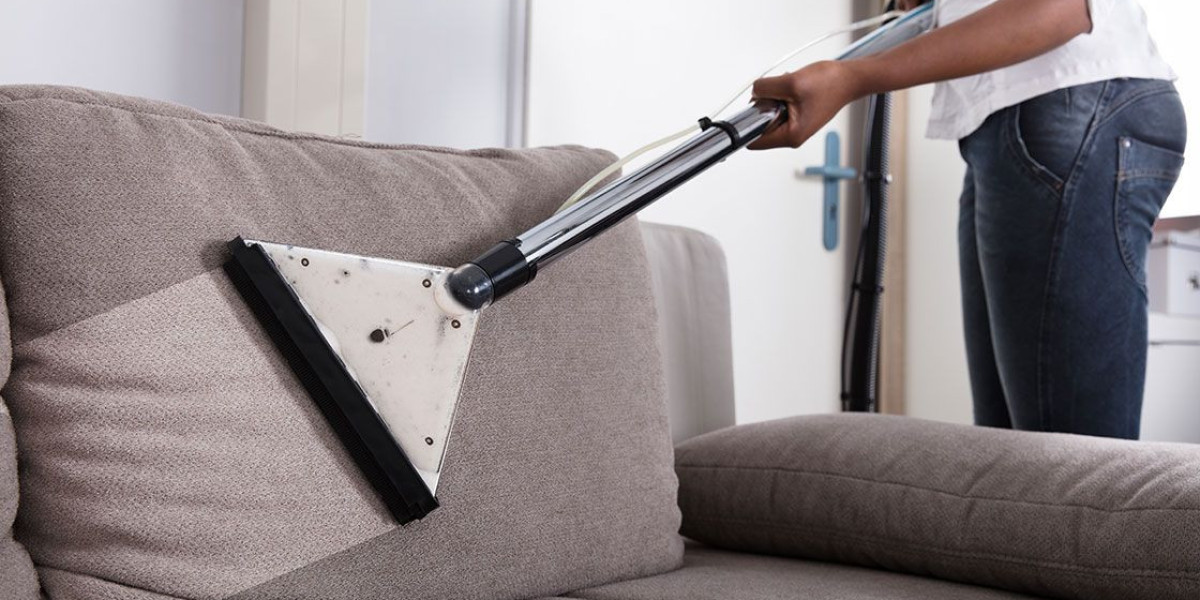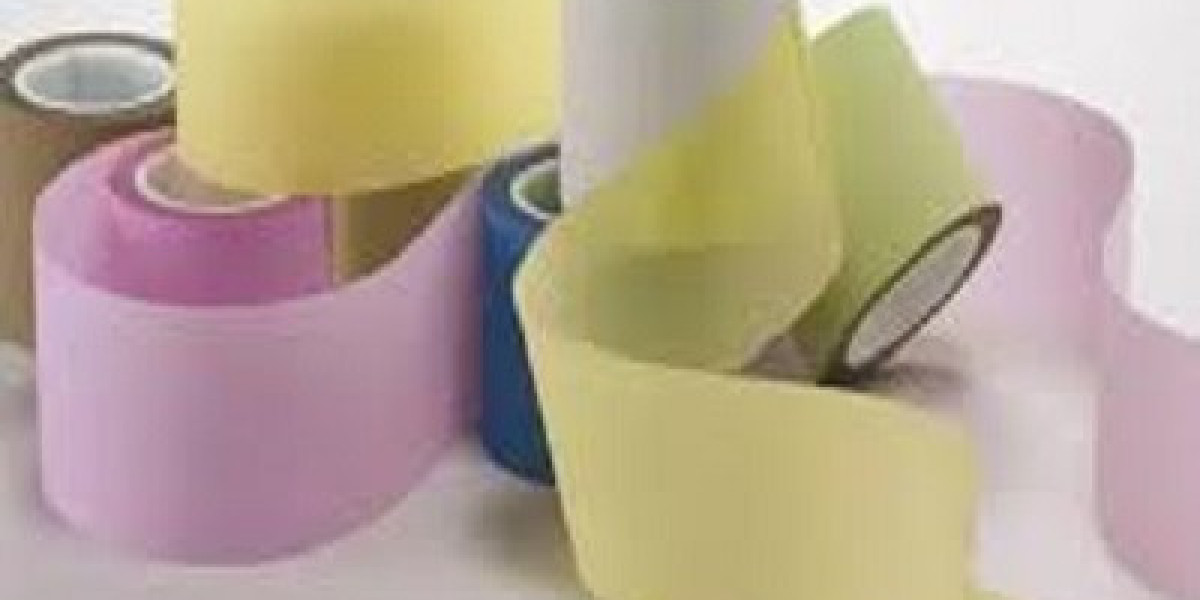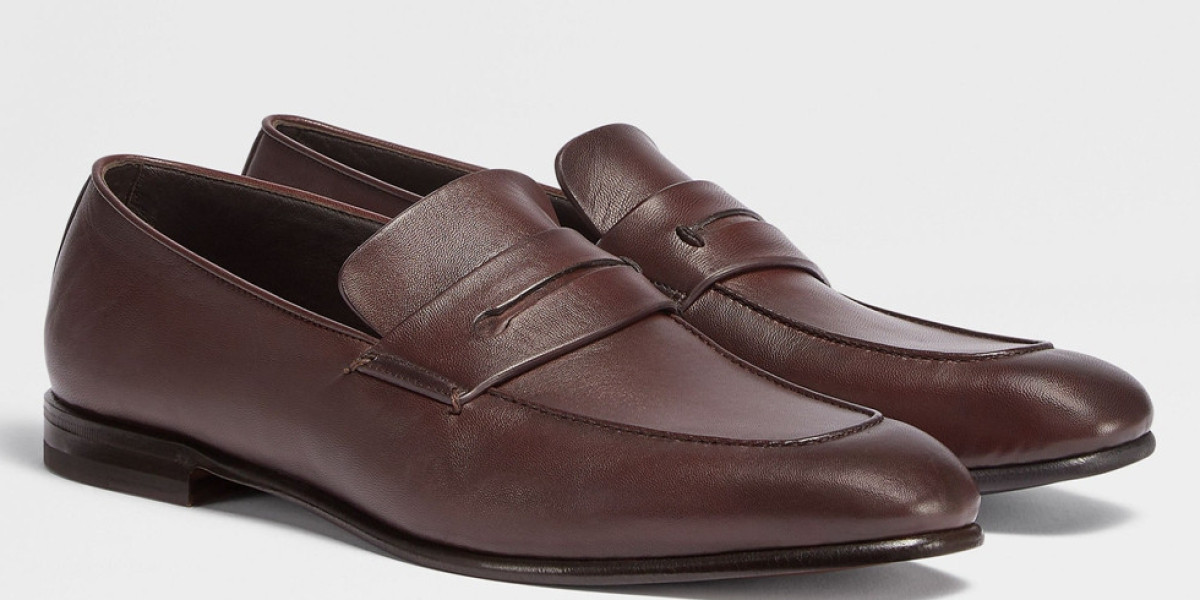Why Regular Sofa Cleaning Is Essential
Your sofa collects dust, allergens, pet hair, and stains over time. Without regular cleaning, these contaminants can cause unpleasant odors, discoloration, and even health issues. By prioritizing sofa cleaning, you preserve the fabric’s integrity and ensure it remains a comfortable, safe spot for you and your family.
Step-by-Step Guide to Sofa Cleaning
1. Assess the Fabric Type
Before starting any sofa cleaning process, check the care label on your sofa. This will provide essential information about the type of fabric and cleaning methods to use:
- W: Water-based cleaning agents are safe.
- S: Use a solvent-based cleaner.
- SW: Both water-based and solvent-based cleaners are suitable.
- X: Only vacuum cleaning is recommended.
2. Vacuum Thoroughly
Begin with a vacuum cleaner equipped with an upholstery attachment. Remove loose dirt, dust, and crumbs from every nook and cranny, including crevices and under the cushions. Regular vacuuming as part of your sofa cleaning routine prevents dirt from embedding deep into the fabric.
3. Tackle Stains Immediately
- For fresh stains: Blot the area with a clean cloth to absorb as much of the spill as possible.
- For stubborn stains: Use a specialized upholstery cleaner or a mixture of mild dish soap and water. Apply gently, ensuring you don’t oversaturate the fabric.
4. Deep Clean Periodically
To ensure a truly deep clean, use a steam cleaner or hire professional sofa cleaning services. Steam cleaning helps to remove embedded dirt and kill bacteria, leaving your sofa hygienic and refreshed.
DIY Sofa Cleaning Solutions
1. Baking Soda for Odor Removal
Baking soda is a natural deodorizer. Sprinkle it generously over the sofa and let it sit for 15-20 minutes before vacuuming. This method is particularly effective in neutralizing odors caused by pets or spills.
2. Vinegar for Stain Removal
Mix equal parts of white vinegar and water. Use a clean cloth to dab the solution on the stain, blotting gently until it lifts. Follow up by rinsing with a damp cloth to remove any vinegar residue.
3. Fabric-Specific Tips
- Leather Sofas: Use a leather cleaner and conditioner to maintain the material’s suppleness.
- Microfiber Sofas: A small amount of rubbing alcohol can help lift stains without damaging the fabric.
The Benefits of Professional Sofa Cleaning
While DIY techniques are effective, professional sofa cleaning offers a deeper clean. Professionals use advanced tools and safe cleaning solutions tailored to your sofa's specific fabric. They also provide treatments that protect against future stains and wear.
How to Maintain a Clean Sofa
1. Use Protective Covers
Slipcovers and throws not only enhance the look of your sofa but also protect it from spills and dirt.
2. Establish Cleaning Routines
Regularly vacuum and spot-clean your sofa to prevent dirt buildup.
3. Rotate Cushions
Switching cushion positions periodically ensures even wear and prolongs their lifespan.
4. Keep Pets Off the Sofa
If you have pets, train them to stay off the furniture or invest in pet-friendly sofa covers.
Common Mistakes to Avoid During Sofa Cleaning
1. Over-Wetting the Fabric
Too much water can lead to mold and mildew growth. Always blot excess moisture immediately.
2. Using Harsh Chemicals
Harsh cleaners can damage the fabric or discolor your sofa. Stick to mild, upholstery-safe products.
3. Skipping a Test Patch
Always test a cleaning solution on an inconspicuous area first to avoid irreversible damage.
How Often Should You Clean Your Sofa?
For optimal maintenance:
- Vacuuming: Weekly
- Spot Cleaning: As needed
- Deep Cleaning: Every 6-12 months
- Professional Cleaning: Annually or biannually
Invest in Quality Sofa Cleaning Services
Your sofa is an investment, and keeping it clean is vital for its longevity. Whether you choose DIY methods or hire professional cleaners, regular sofa cleaning ensures your furniture remains a comfortable and attractive focal point in your home.








